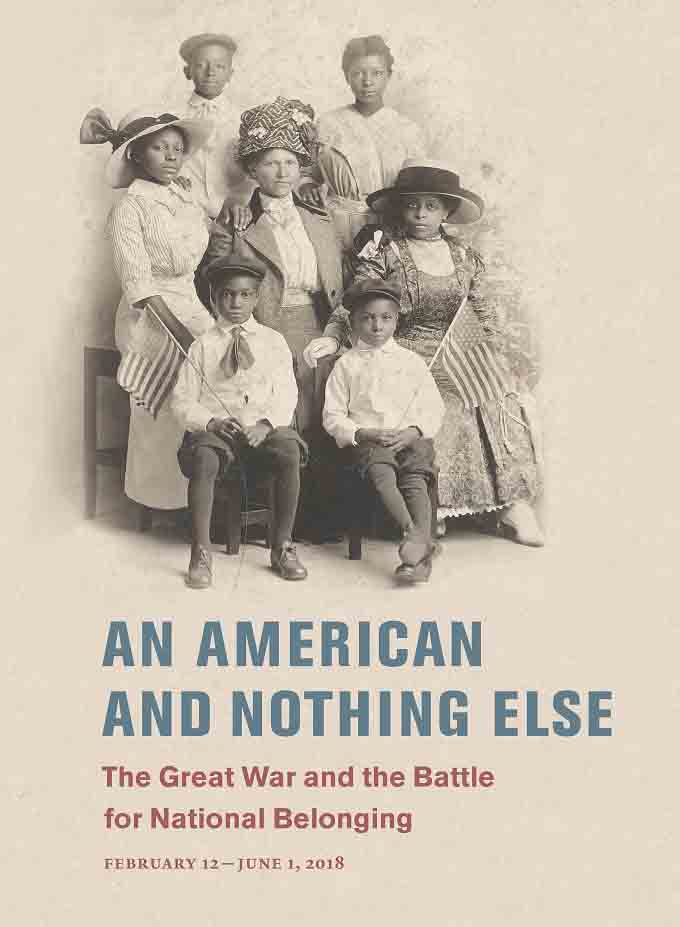
Yale News
John Goto’s “High Summer” series captures a single moment shared between contemporary figures and historical landscapes. This student-curated exhibition is on display in the Yale Center for British Art as a part of Art in Focus, an event for members of the center’s Student Guide Program. The exhibition features Goto’s digital artwork alongside similar pieces that signify the same underlying theme: the relationship between people and artistic landscapes.
Goto’s work highlights the mortal, flawed human experience and its contrast to the natural, English landscapes present in art. The contradictions between people and places is clear and loud up close. However, from far away, the photography looks romantic and idealistic. Nature and man seem to intertwine in a dance, unsure of whether man’s creations of neoclassical architecture and monuments can possibly derive from a species so far from perfect. Nature, in all its beauty, swallows up the credit, but it is man who creates such mesmerizing imagery, and it is he who captures it through art. A divergence from the notion that a man’s surroundings institute his imperfections, the exhibition presents unfit people clashing with their enchanting, flawless backgrounds.
The exhibition provides written guides that walk observers through what the student curators were thinking when they put together the selection. The brochure features comparisons between selected pieces, adding deep thoughts that enlighten viewers and add layers of dimension to the convoluted photographs.
“Movie” is contrasted with “Farmer,” both digital pieces by John Goto. The former image discusses the romanticizing of old English landscapes. A film crew stands before a set, demonstrating a scene that is not natural, but staged. The neoclassical monument in the back is meant to be beautiful, but the organic appeal of the landscape is stripped away by the staged feeling that arises from the presence of the actors and filmmakers.
Examined by the curators as a complementary piece, “Farmer” displays the illusive truth of a rural countryside. The lack of fresh green and the overbearing yellowness of the pasture marks infertility. In the background, a small, helpless farmer hangs from a tree, dead. The charming cabin in “Movie” is far away; instead, a tree lingers barren, the farmer is dead, and the fields are empty. The counterfeit of rural culture is exposed, and the observer is left to wonder how something, somewhere, can be made to look so beautiful, if in reality it is both metaphorically and physically dead.
Goto’s “Society” illustrates the same manifestation of contradiction. Here, a class of aristocrats scrambles in front of classical architecture. Surrounded by dogs and struggling to assemble what seems to be a table, the figures in the photograph fit together awkwardly, as if they are attempting to parallel the classical nature of the monuments, but fall short of elegance somewhere in between the tacky hats and neon color scheme of their attire.
“High Ground,” arguably the most compelling piece in the collection, presents soldiers and civilians seeking refuge before Stowe’s Temple of Friendship. Smoke in the background haunts the figures with the remnants of war and violence. The figures are disheveled and worn out, but exhaustion is the only thing they share with the temple that stands behind them. The structure is just as beautiful as the other structures in the series, but here, the monument looks tired. Its title, a reminder of peace and cooperation, does not comfort the people. Instead, it serves to remind them of their beautiful creations that contrast with their ugly, violent endeavors.
Goto’s images do not hold back against human flaws. However, he displays these inadequacies against one of man’s greatest perfection, the ability to create the most beautiful of monuments. The message is that man is not made to damage, he is made to create, but it seems as though Goto does not believe one can recognize the latter without observing it beside the former.
The student guide curators are Kelly Fu ’19, Matthew Klineman ’19, Jordan Schmolka ’20 and Jackson Willis ’19.
Razan Sulieman | razan.sulieman@yale.edu







